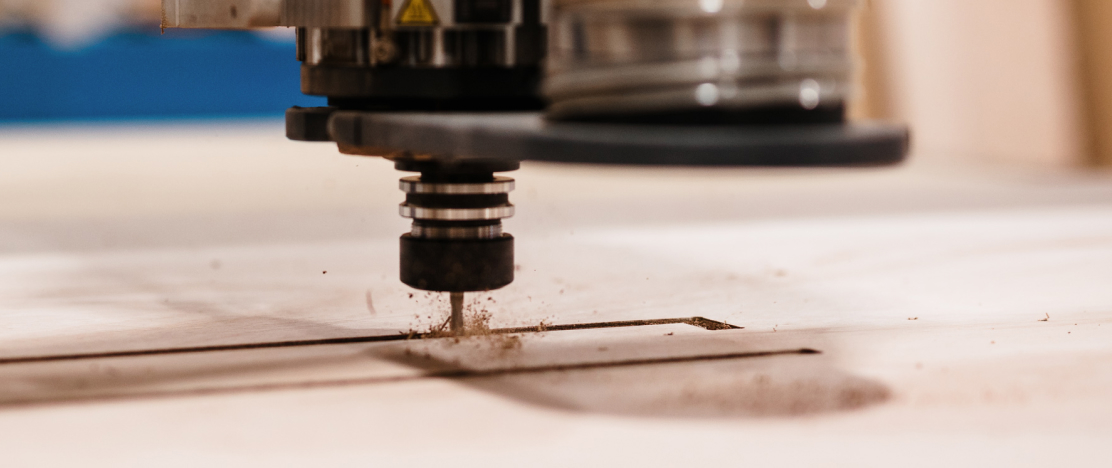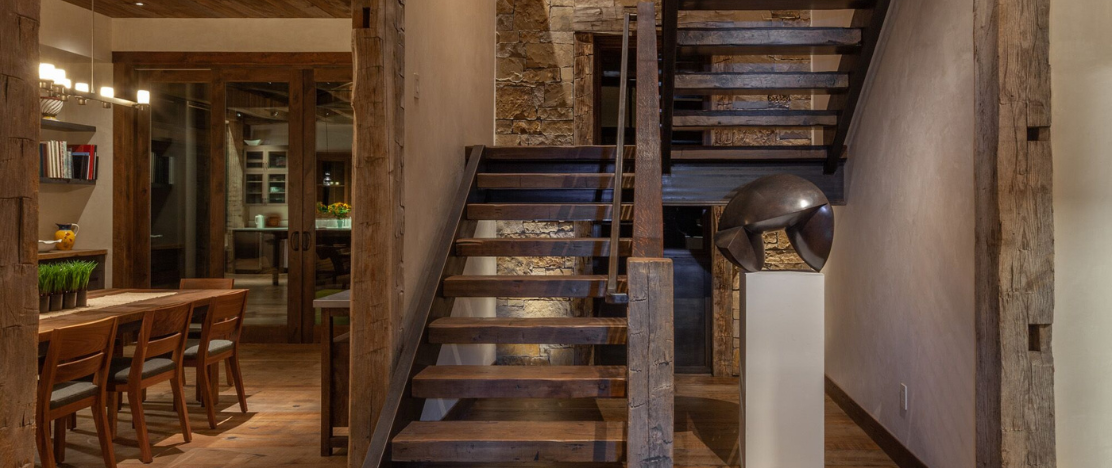Smooth vs. Rough: How Does Texture Affect Finishing?
Understanding how texture affects finishing is essential for achieving the desired aesthetic and intended results. So, let’s talk texture and delve into the way smooth vs. rough textures affect the finishing process.
There are three things to consider when choosing the right texture:
- Type of Finish
- Aesthetics
- Interior vs. Exterior Application
| Smooth vs. Rough: Absorption Dynamics The wood’s texture plays a vital role in how the finish absorbs. Rough textured wood tends to absorb more of the finish because the wood fibers are more exposed; therefore, applying a finish over a rough texture creates a deeper colour and enhances the natural beauty of the wood. Smooth wood has fewer open fibers, so it doesn’t absorb as much finishing product. As a result, this wood texture produces a more controlled finish but with less protection. How texture affects finishing – absorption dynamics. |
1. Type of Finish
There are a number of different finish options, like stains and paints. Each type of finish has a different recommended texture. For example:
- Acrylic paint: For a consistent and polished finish, having smooth wood will give you that desired outcome.
- Semi-transparent and coloured stain: These work best when applied to porous and open grain.
- Lacquer: For a proper finish, lacquer needs a smooth surface, which requires detailed prep, including a primer and sealer for uniform absorption. It is important to note that you will also need to sand between coats for proper adhesion.
2. Aesthetics
It’s a delicate balancing act finding the right texture for finishing. While you want to sand the surface enough to roughen up the texture and open the pores to get good absorption, if you overdo it, you risk creating a surface that is too smooth and will resist the finishing product.
Lastly, be sure to keep in mind when deciding on surface texture is the overall aesthetic of the project. For example, a slightly rougher texture would be ideal for a rustic, more natural look, while a smoother surface is a good option for more refined designs.
3. Tailoring Texture to Environment – Interior vs. Exterior Application
The environment in which you are finishing your project plays a critical role in the battle of rough vs. smooth. If your project is going to be exposed to the elements, it’s best to opt for a rougher texture because the increased finish absorption offers added protection. This helps the wood withstand the damage from harsh weather, moisture, and harmful UV rays.
If your project is going to live indoors, a smoother surface could be more fitting. You can shift your focus towards achieving a refined and polished look and focus on the visual appeal of the wood without needing to add extra protection from the elements.
Whether it’s the absorption of finish or the level of protection against the elements, finding the right balance in texture lies in creating projects that stand the test of time, both aesthetically and functionally.
Smooth vs. rough, which is the best option for your upcoming project?

